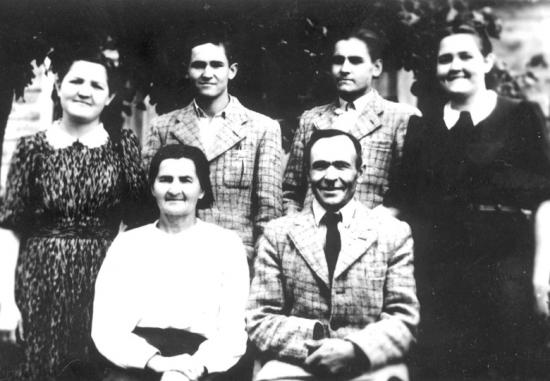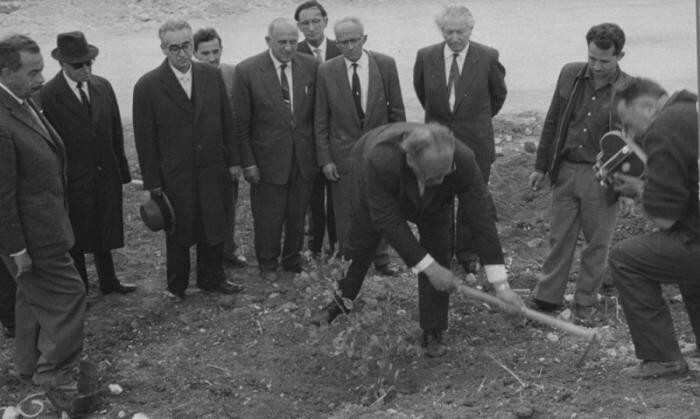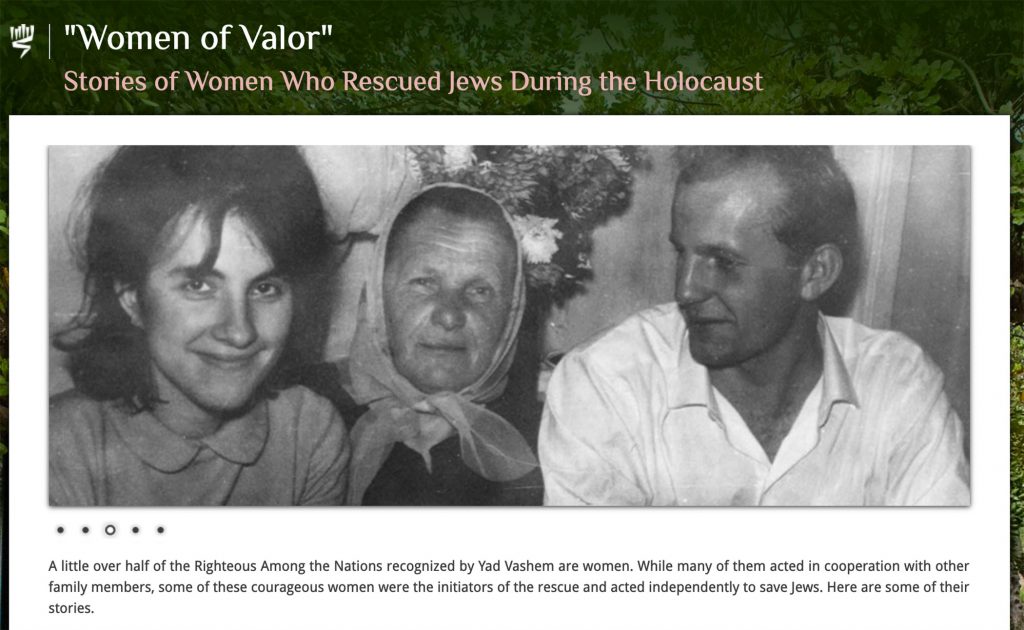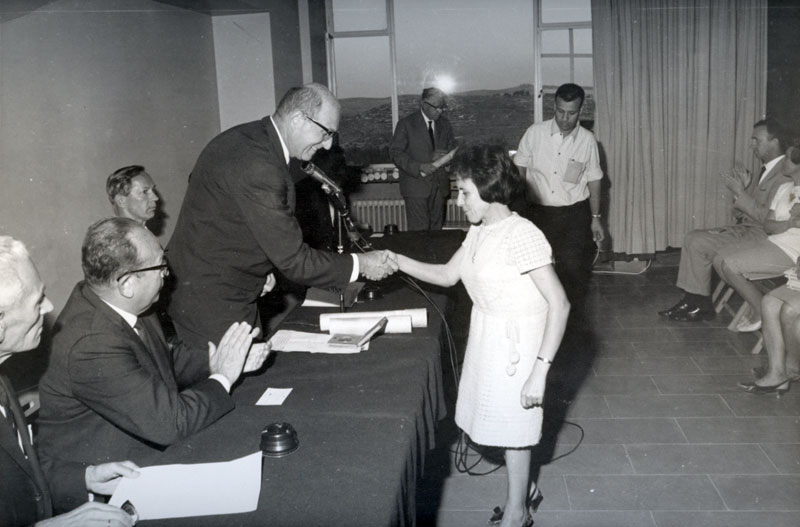
Responses during the Holocaust
Helping and rescuing Jews was the exception and not the norm in areas controlled by the Nazis and their allies. Indifference to the Jews’ plight prevailed. Onlookers, also called bystanders, observed the Jews’ deteriorating situation, yet chose not to act. Other people participated in the persecution in various forms, including through mocking, harassing, exploiting, blackmailing, denouncing, and murdering Jews.

The Claims Conference Righteous Gentiles Program
The Righteous Gentiles program, known as the Hassidei Umot Haolam program, was created in 1963 to aid non-Jews, now in need of financial assistance, who risked their own lives to save Jewish lives during the Holocaust. The Claims Conference was the first organization to establish a special program recognizing a Jewish obligation to these brave people.

USHMM – The Holocaust Encyclopedia
The Righteous Among the Nations are non-Jewish individuals who have been honored by Yad Vashem, Israel’s Holocaust memorial, for risking their lives to aid Jews during the Holocaust.

Yad Vashem – Women of Valor
A little over half of the Righteous Among the Nations recognized by Yad Vashem are women. While many of them acted in cooperation with other family members, some of these courageous women were the initiators of the rescue and acted independently to save Jews. Here are some of their stories.


